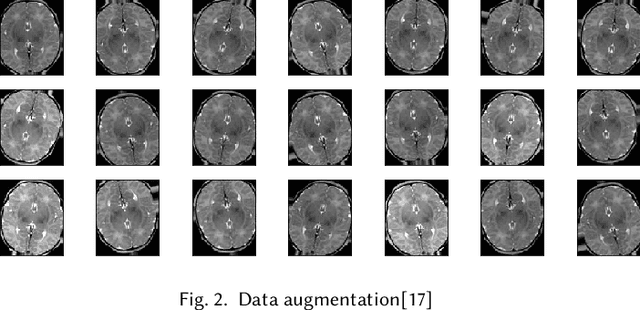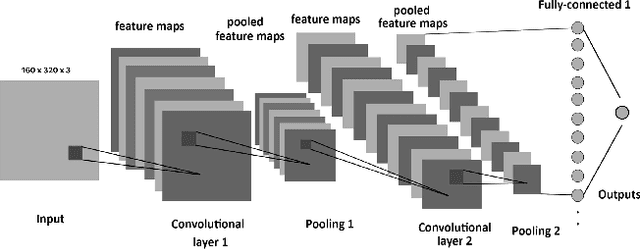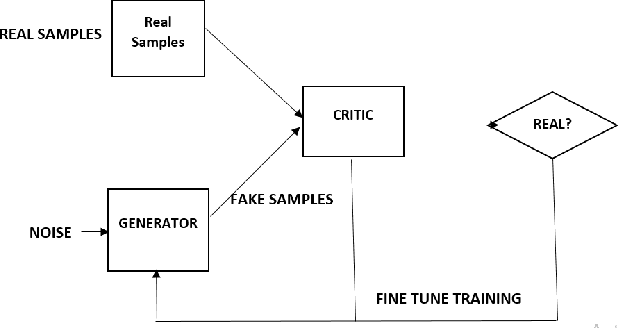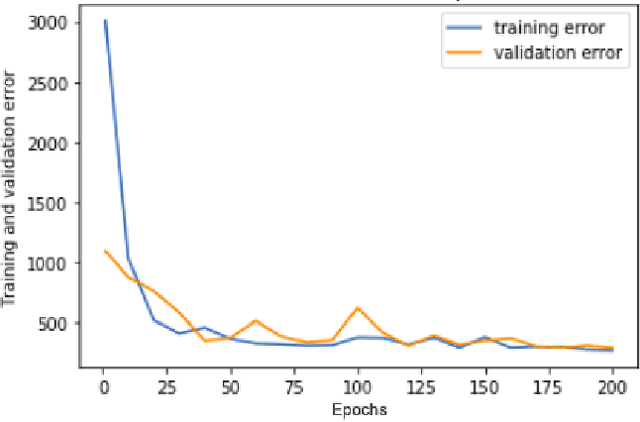Priyansh Saxena
Semantic Image Completion and Enhancement using GANs
Jul 27, 2023Abstract:Semantic inpainting or image completion alludes to the task of inferring arbitrary large missing regions in images based on image semantics. Since the prediction of image pixels requires an indication of high-level context, this makes it significantly tougher than image completion, which is often more concerned with correcting data corruption and removing entire objects from the input image. On the other hand, image enhancement attempts to eliminate unwanted noise and blur from the image, along with sustaining most of the image details. Efficient image completion and enhancement model should be able to recover the corrupted and masked regions in images and then refine the image further to increase the quality of the output image. Generative Adversarial Networks (GAN), have turned out to be helpful in picture completion tasks. In this chapter, we will discuss the underlying GAN architecture and how they can be used used for image completion tasks.
Route Planning Using Nature-Inspired Algorithms
Jul 22, 2023Abstract:There are many different heuristic algorithms for solving combinatorial optimization problems that are commonly described as Nature-Inspired Algorithms (NIAs). Generally, they are inspired by some natural phenomenon, and due to their inherent converging and stochastic nature, they are known to give optimal results when compared to classical approaches. There are a large number of applications of NIAs, perhaps the most popular being route planning problems in robotics - problems that require a sequence of translation and rotation steps from the start to the goal in an optimized manner while avoiding obstacles in the environment. In this chapter, we will first give an overview of Nature-Inspired Algorithms, followed by their classification and common examples. We will then discuss how the NIAs have applied to solve the route planning problem.
Predictive modeling of brain tumor: A Deep learning approach
Dec 19, 2019



Abstract:Image processing concepts can visualize the different anatomy structure of the human body. Recent advancements in the field of deep learning have made it possible to detect the growth of cancerous tissue just by a patient's brain Magnetic Resonance Imaging (MRI) scans. These methods require very high accuracy and meager false negative rates to be of any practical use. This paper presents a Convolutional Neural Network (CNN) based transfer learning approach to classify the brain MRI scans into two classes using three pre-trained models. The performances of these models are compared with each other. Experimental results show that the Resnet-50 model achieves the highest accuracy and least false negative rates as 95% and zero respectively. It is followed by VGG-16 and Inception-V3 model with an accuracy of 90% and 55% respectively.
Three Dimensional Route Planning for Multiple Unmanned Aerial Vehicles using Salp Swarm Algorithm
Dec 18, 2019



Abstract:Route planning for multiple Unmanned Aerial Vehicles (UAVs) is a series of translation and rotational steps from a given start location to the destination goal location. The goal of the route planning problem is to determine the most optimal route avoiding any collisions with the obstacles present in the environment. Route planning is an NP-hard optimization problem. In this paper, a newly proposed Salp Swarm Algorithm (SSA) is used, and its performance is compared with deterministic and other Nature-Inspired Algorithms (NIAs). The results illustrate that SSA outperforms all the other meta-heuristic algorithms in route planning for multiple UAVs in a 3D environment. The proposed approach improves the average cost and overall time by 1.25% and 6.035% respectively when compared to recently reported data. Route planning is involved in many real-life applications like robot navigation, self-driving car, autonomous UAV for search and rescue operations in dangerous ground-zero situations, civilian surveillance, military combat and even commercial services like package delivery by drones.
Robot navigation and target capturing using nature-inspired approaches in a dynamic environment
Nov 06, 2019



Abstract:Path Planning and target searching in a three-dimensional environment is a challenging task in the field of robotics. It is an optimization problem as the path from source to destination has to be optimal. This paper aims to generate a collision-free trajectory in a dynamic environment. The path planning problem has sought to be of extreme importance in the military, search and rescue missions and in life-saving tasks. During its operation, the unmanned air vehicle operates in a hostile environment, and faster replanning is needed to reach the target as optimally as possible. This paper presents a novel approach of hierarchical planning using multiresolution abstract levels for faster replanning. Economic constraints like path length, total path planning time and the number of turns are taken into consideration that mandate the use of cost functions. Experimental results show that the hierarchical version of GSO gives better performance compared to the BBO, IWO and their hierarchical versions.
Semantic Image Completion and Enhancement using Deep Learning
Nov 06, 2019



Abstract:In real-life applications, certain images utilized are corrupted in which the image pixels are damaged or missing, which increases the complexity of computer vision tasks. In this paper, a deep learning architecture is proposed to deal with image completion and enhancement. Generative Adversarial Networks (GAN), has been turned out to be helpful in picture completion tasks. Therefore, in GANs, Wasserstein GAN architecture is used for image completion which creates the coarse patches to filling the missing region in the distorted picture, and the enhancement network will additionally refine the resultant pictures utilizing residual learning procedures and hence give better complete pictures for computer vision applications. Experimental outcomes show that the proposed approach improves the Peak Signal to Noise ratio and Structural Similarity Index values by 2.45% and 4% respectively when compared to the recently reported data.
 Add to Chrome
Add to Chrome Add to Firefox
Add to Firefox Add to Edge
Add to Edge